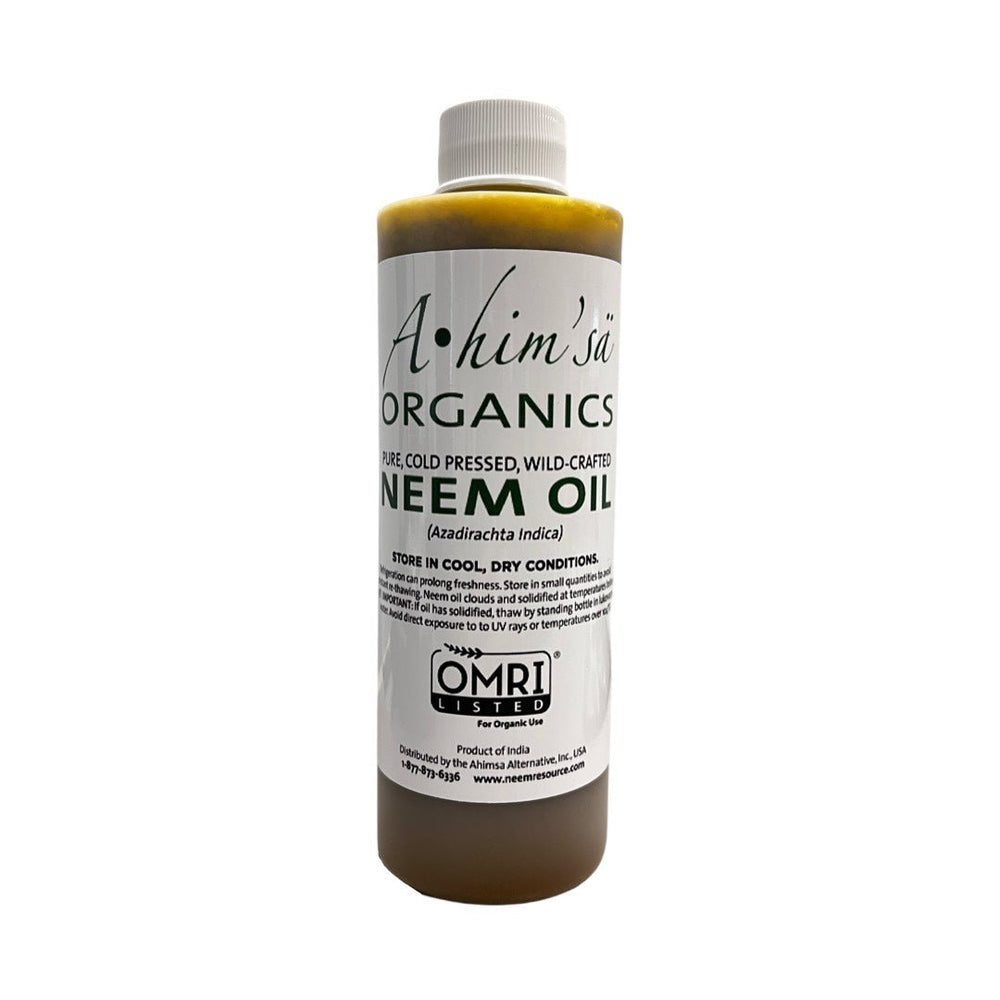Published: July 27, 2010 12:00 PM
Updated: July 27, 2010 12:59 PM
Editor,
As Revelstoke considers whether to ban the use of urban pesticides, I hope council will carefully consider the benefits these products offer. Well-maintained public and private spaces make for happier, healthier communities and pesticides protect these valuable properties from potentially damaging insects, weeds or diseases.
While a recent article in the Revelstoke Times Review suggests the health of our communities is threatened by pesticides, the fact of the matter is that Canada has one of the most stringent pesticide regulatory systems in the world.
Health Canada thoroughly reviews any pesticide before it is approved for sale in this country. It undertakes a comprehensive review of all available credible scientific studies to ensure that the product will not cause harm to people, animals or the environment when used according to the directions.
As such, if a pesticide posed the kind of risk suggested in the Revelstoke Times Review article, it would not be approved for sale in Canada.
Arbitrary pesticide bans do nothing to protect citizens; they merely create a situation where homeowners and municipalities are unable to use Health Canada-approved products to properly protect their investments in urban landscaping.
Canada’s plant science industry welcomes questions about our products and looks forward to future opportunities to set the record straight about the safety of our products and our industry’s commitment to people, public health and the environment.
Sincerely,
Lorne Hepworth
President, CropLife Canada – representing the plant sciences industry
via BCLocalNews.com – Pesticide lobby group says their products are safe.
![]()




Here is a link to Health Canada Pesticide Faq. Update in May-June 2010.
http://www.hc-sc.gc.ca/cps-spc/pest/faq-eng.php#whya
You missed the last question and answer in that faq.
Is it safe to use the herbicide 2,4-D on my lawn?
Following extensive consultation and scientific review using the most current scientific methods, Health Canada has determined that 2,4-D meets Canada’s strict health and safety standards, and as such can be used safely when label directions are followed. Health Canada’s review concurs with the findings of regulators in other OECD countries, including the United States, European Union, New Zealand and the Word Health Organization.
It’s all here:
http://www.hc-sc.gc.ca/cps-spc/pubs/pest/_decisions/rvd2008-11/index-eng.php
Has the PMRA considered the ban of 2,4-D in Sweden and the associated decline in non-Hodgkins lymphoma (Hardell et al. 2003)?
Response
2,4-D is no longer used in Sweden or Norway, and its use is severely restricted in Denmark. Environmental effects are cited as the primary reason for these actions as 2,4-D has the potential to enter groundwater, the primary source of drinking water in these countries. However, subsequent to these actions, the European Commission, upon completion of its re-evaluation of 2,4-D in October 2001, concluded that 2,4-D was acceptable for continued registration (European Commission 2001).
In the above-cited paper, the authors relate the decline in non-Hodgkin’s lymphoma in Sweden to the ban of phenoxyacetic acids and chlorophenols. However, in the discussion, the authors also state:
Of interest is that the levelling off of the incidence of NHL [non-Hodgkin’s lymphoma] during the 1990s has also occurred in countries other than Sweden. Data from the United States, Finland, and Denmark show a similar trend. However, for Norway and the United Kingdom, no such clear pattern has yet emerged.
Thus, although the United States showed a levelling off of non-Hodgkin’s lymphoma, there was no reported decrease in the use of phenoxyacetic acids. Norway no longer uses 2,4-D, yet there is no decline in non-Hodgkin’s lymphoma. Therefore, the decline of non-Hodgkin’s lymphoma incidence cannot be specifically related to a decrease in 2,4-D use.
A number of other epidemiology studies (both independent and industry-funded) from the United States, New Zealand and Australia report no association between 2,4-D and soft-tissue sarcoma, non-Hodgkin’s lymphoma or Hodgkin’s lymphoma (Smith et al. 1983, Hoar et al. 1986, Woods et al. 1987), and more recent studies have not shown an association between 2,4-D and non-Hodgkin’s lymphoma or other cancers (e.g. Asp et al. 1994, Lynge 1998, Burns et al. 2001). Several major scientific panels have evaluated this body of research and have described the evidence for cancer effect in humans as limited, inconclusive, inconsistent and weak.
*****
How is 2,4-D related to Agent Orange?
Response
Agent Orange was a mixture of 2,4-D and a second herbicide, 2,4,5-T. However, the chemicals used for Agent Orange, and their contaminant levels, were not the same as those commercially available at the time, or since. With the refined manufacturing processes that have been imposed by federal regulatory bodies over the years, contamination of 2,4-D with dioxin levels of concern is not expected. 2,4,5-T was found to be contaminated with TCDD at levels much higher than ever seen in 2,4-D. 2,4,5-T was withdrawn from the market in the early 1980s, in part, because of concerns with dioxins.
*****
The PMRA’s numerous chemists, who specialize in pesticide analysis, pesticide characteristics and the fate of pesticides in humans and the environment, are familiar with the conditions of dioxin formation in 2,4-D.
The ratio between dichloro-dioxins (e.g. 2,7-DCDD) and higher chlorinated dioxins is likely to be variable because of many other competing reactions under the conditions where chlorodioxins can be formed. Health effects from lower-congener dioxin contamination would be accounted for in the toxicological test results of 2,4-D.